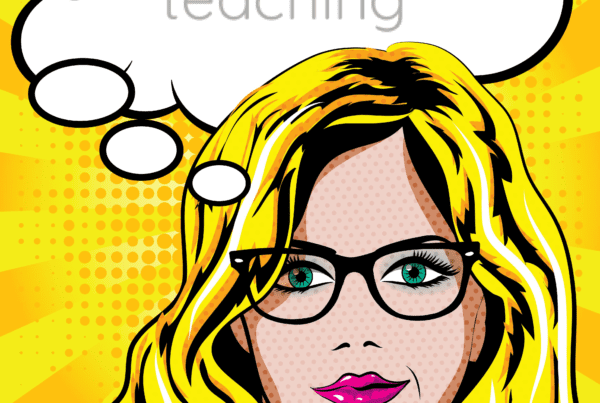
A great lesson plan is one that is well-organized, engaging, and effective in helping students reach their learning objectives. To create a successful lesson plan, consider the following elements:
- Learning Objectives: Clearly state what students will be able to do or know by the end of the lesson.
- Anticipatory Set: Start with an attention-grabbing activity or question to get students excited about the lesson.
- Input: This is where you teach new information, skills, or concepts. Use a variety of teaching methods such as lecture, demonstration, or hands-on activities to keep students engaged.
- Modeling: Demonstrate the desired behavior or skill for students.
- Guided Practice: Give students an opportunity to practice what they have learned, either individually or in small groups, with your guidance and support.
- Independent Practice: Provide students with an opportunity to apply what they have learned on their own.
- Closure: End the lesson by reviewing key concepts, summarizing what was learned, and connecting the new knowledge to prior knowledge.
- Assessment: Evaluate student learning and progress through formal or informal assessments such as quizzes, projects, or discussions.
In addition to these elements, a great lesson plan should also take into consideration the needs and abilities of your students, as well as any technology or materials required for the lesson. When writing your lesson plan, be sure to use clear and concise language, and include any necessary instructions, procedures, or materials lists.





